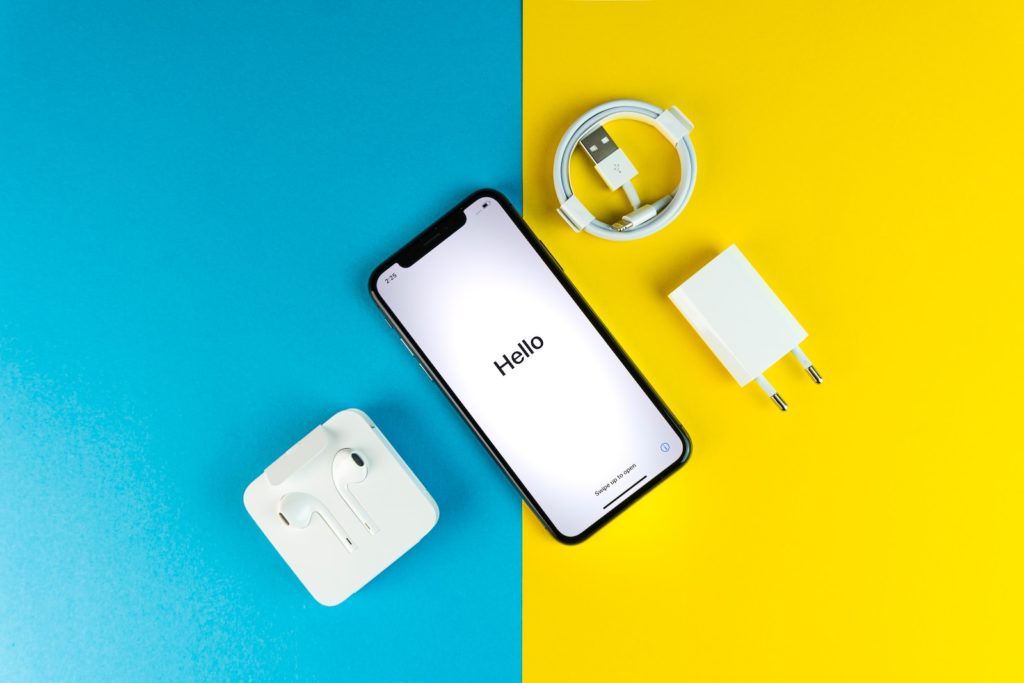Smartphone Evolution: Exploring the Saturation Point
The smartphone industry has witnessed remarkable advancements over the past decade, revolutionizing the way we communicate, work, and access information. However, in recent years, critics argue that the pace of innovation in smartphones has slowed down. This leaves many wondering if smartphone technology has reached a saturation point. In this blog post, we explore the reasons behind the perceived lack of major breakthroughs in the smartphone world over the past 5-7 years. And also delve into the potential areas where innovation could still thrive.

Annual smartphone releases often revolve around incremental changes, such as camera enhancements, minor design alterations, or subtle feature additions. This approach, coupled with the trend of reducing bundled accessories and increasing prices, can contribute to the perception of limited innovation. This focus on minor improvements and elevated costs has led to a growing sense of consumer skepticism.
Incremental Updates and Lack of Exceptional Innovations
Many smartphone enthusiasts have noted that the smartphone industry appears to offer only incremental updates each year. There are no groundbreaking features or technologies every year. Even renowned manufacturers like Apple, known for their innovative products, have seemingly struggled to introduce any groundbreaking features since the release of the iPhone X in 2017. This pattern of iterative improvements without substantial innovation raises questions about the industry’s ability to continue pushing boundaries and delivering transformative experiences.
Smartphone Market Maturity and Evolving Consumer Behavior

The smartphone market has matured significantly, with a majority of people already owning a capable device that meets their daily needs. Consumers are increasingly seeking value and longevity in their devices, rather than being swayed by minor enhancements. As a result, manufacturers are faced with the challenge of offering meaningful innovations that truly resonate with users and drive adoption.
Also read: Captagram – Free App for Captions & Polaroids
Key takeaways:
- People aren’t looking to upgrade unless their current phone breaks or becomes obsolete. So there’s not a lot of demand for radical new features.
- The cost of developing new smartphone technology is very high. Companies need to recoup their investment, so they’re reluctant to release new features that might not be widely adopted.
- The smartphone market is very competitive. There are a lot of different companies competing for the same customers. So they’re all trying to differentiate their products with minor improvements rather than breakthroughs that will take time to develop.
Early Stages of Foldable Technology
Foldable phones from manufacturers like Samsung, Google, and Oppo have generated excitement, offering a glimpse into the future of smartphone form factors. However, these devices are still considered more of an enthusiast’s novelty than a revolutionary breakthrough. Foldable technology is in its nascent stage, with challenges related to durability, practicality, and affordability yet to be fully addressed. While the potential of foldable displays to transform smartphone designs is promising, their widespread adoption and refinement will require further advancements and consumer acceptance.
Areas for Potential Breakthroughs
Although challenges exist, the smartphone industry still holds promising avenues for innovation. Several areas that could pave the way for major breakthroughs:
- Artificial Intelligence (AI): The integration of AI technologies can significantly enhance the smartphone user experience and redefine interactions. AI integration could provide advanced voice assistants, personalized recommendations, and context-aware features,
- Augmented Reality (AR): AR has the potential to transform how we perceive and interact with the digital world through smartphones. Enhanced AR capabilities could enable immersive gaming experiences, virtual try-ons for shopping, advanced educational tools, and real-time information overlays. These breakthroughs could provide a new dimension to our smartphone usage.

- Foldable Displays: Foldable technology holds immense potential for transforming smartphone form factors, providing larger screens without sacrificing portability. Continued advancements in durability, affordability, and user experience could unlock new possibilities for flexible displays.
- Battery Life: Addressing the perennial challenge of battery life remains a crucial aspect of smartphone innovation. Advancements in battery technology, power management, and charging solutions could extend battery life. Thus also reducing reliance on frequent and fast charging.
- Biometric Security: As we know fingerprint sensors and facial recognition are already prevalent in smartphones. Future innovations in biometric security could offer even more enhanced authentication. They could use methods, such as iris scanning, vein recognition, or other advanced physiological indicators for biometric security.
It’s important to note that breakthroughs in these areas require extensive research, development, and technological advancements. While we can anticipate progress in these domains, the exact timeline and nature of these breakthroughs may vary. Nonetheless, these areas present exciting opportunities for the future of smartphones, promising enhanced functionality, improved user experiences, and innovative capabilities.
Although, the smartphone industry may appear to have reached a plateau in terms of major breakthroughs. It is important to understand the complex dynamics that influence innovation in this mature market. As the industry looks to the future, areas such as AI, battery life, biometric security, and foldable displays hold promise for reshaping the smartphone landscape. The quest for breakthroughs continues. And as technology advances and consumer demands evolve, the smartphone industry may yet witness transformative innovations that redefine our relationship with these devices.
Thnnnxxx.